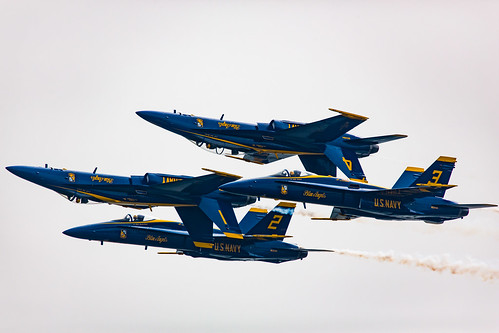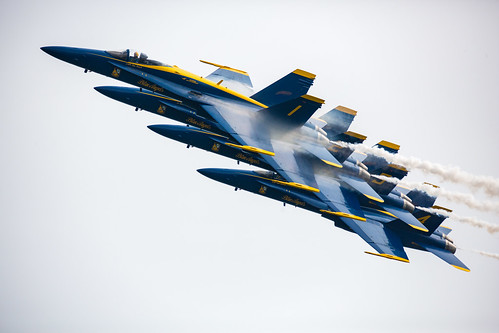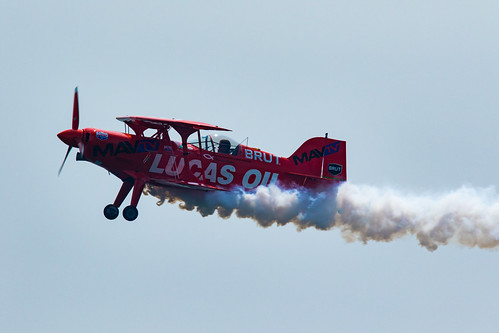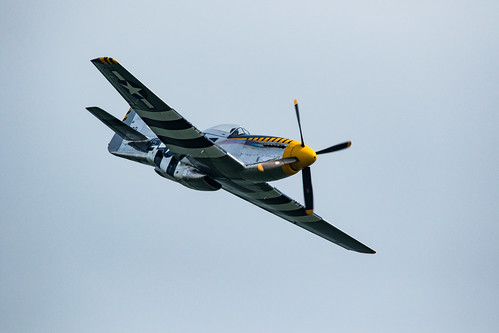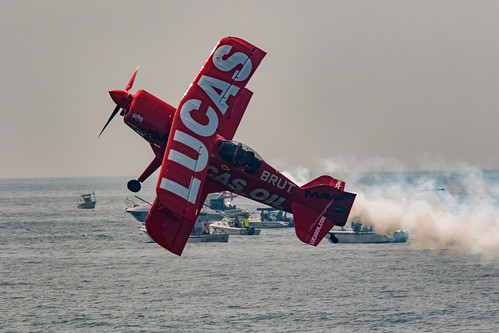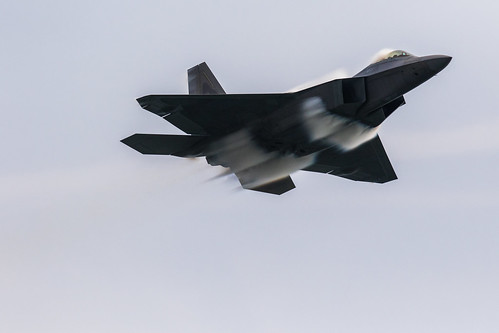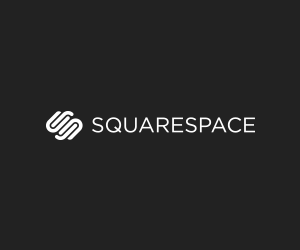Sigma 150-600 Contemporary "Real World Review": The BEST Wildlife / Sports lens for under $1,000?
The holy grail of all lenses, the one that rules them all, would allow you to shoot in any situation, offer a huge zoom range, have fantastic quality, and is affordable. The truth of a matter is that no such lens exists. Might this Sigma 150-600 come close? Let’s find out.
Click Here to download five sample DNG files shot with this lens. Click Here to view the full res exported JPEGS
Click here to purchase the Canon Mount / Click Here to purchase the Nikon Mount
Let’s start off by taking a look at what Sigma has created–not one but two versions of the 150-600mm F5-6.3. There’s the Contemporary, which is what I used for this review, and the Sport. The Contemporary sells for just under a $1,000 whereas the Sport sells for just under $2,000.
Both versions come available in three mounts: Nikon, Canon and Sigma. As I type, I am kind of surprised not to see a Sony version on the list, though I am sure one day Sigma will make one. I chose to review the more affordable version of the two lenses, the more accessible version. Plus, if the contemporary yields good results, then I am sure the Sport will do the same, if not better. The Contemporary version weighs in at 4.3 pounds whereas the Sport weighs 6.3 pounds, a whole two pounds more.
The weight of the Contemporary puts it in an interesting spot: do you use a monopod or not? With its relative light weight, I chose to handhold the Contemporary for the entire day. Had I used the heftier Sport, I would have needed to use some sort of stabilizer.
As always, I think the best way to review anything is to take it out and conduct a Real World Review: no charts, no scientific controlled situations, just real photos in the real world. On top of that I leave you with all the FULL RES Exported Jpegs as well as allow you to download sample RAW files to edit and pixel peep on your own.
For the Real World aspect of this review I took the lens to the Atlantic City Air Show. I had shot this show the previous year, so I knew what to expect over the course of the day and how to approach the shoot. You always hope for a nice day to shoot especially when you are shooting planes in the sky. You want to have a nice blue sky with some wispy clouds floating around. Turns out we didn’t have either; we had a hazy, overcast day with a constant threat of rain. Oh well, this is why we call them Real World Reviews.
Build Quality
Whenever you put a 4.3 pound lens in your hands, it’s going to feel somewhat substantial. This lens is no exception. It feels well built all the way around, though it does lack the weather sealing that the Sport offers. Remember, when buying a lens, or for that matter, any piece of equipment, there are always tradeoffs, pros and cons to consider when deciding which lens is right for you.
Knowing that this is a sub $1,000 lens, I must say that it certainly doesn’t feel like a cheaper mega zoom you may find from Sigma, Nikon or Canon. The Contemporary has a nice metal mount, a huge lens hood, and a very rubbery grip on the lens that makes it feel nice in the hands. It’s the kind of lens that is going to stand out in a crowd for sure.
Given that you have such a large zoom range, you also have extremely large lens elements. Whereas most zoom lenses’ front elements top out at 77mm, this lens has a 95mm front filter thread. That means if you would like to add a UV, ND or CP filter, you will end up spending a pretty penny.
Generally speaking, larger pro lenses 300mm and up tend not to have the ability to add filters to the end. Though not a deal breaker, it’s something to keep in mind while you shop around.
Lens Size
The 150-600mm Contemporary is a big lens and gets even larger as you zoom out towards the 600mm end. Unlike some of the higher-end zoom lenses, this one doesn’t come with an internal zoom.
One thing to keep in mind is what type of bag you will carry this lens around in. Some shoulder bags may not be able to comfortably hold this lens as well as a body. I used a ThinkTank holster bag as well as a roller bag to transport the lens to the shoot.
This lens does have some heft to it at 4.3 pounds but it should be something that most people can hand hold for long periods of time. If you have trouble with the weight, you may want to invest in a monopod as this lens comes equipped with a monopod collar.
Zoom Range You buy this lens for its zoom range, 150-600mm, which affords you an insanely large reach. Now, that’s 150-600mm on a Full Frame camera. If you want to get more bang for your buck, put this lens on a cropped sensor body and get 240mm – 960mm on a Canon and 225mm – 900mm on a cropped Nikon. Such a large zoom range often comes with a few tradeoffs that may impinge image quality. One of those trade offs comes at the expense of the aperture range. Allow me to illustrate: the Contemporary is a F5-6.3 lens. At 150mm, your f-stop is F5, but as you zoom, you start to lose light and at the far end of the range the lens is a F6.3.
One thing you have to keep in mind is if you were to purchase a professional lens that has a 300 2.8, 400 2.8, 500 F4 or 600 F4, you would be spending thousands upon thousands of dollars. A 600mm F4 comes in at around $12,000—yes, $12,000. And get this: the only way to zoom is to move your feet.
Of course it’s not fair to compare a $1,000 lens to a $12,000 lens, but to be completely honest, I was able to get images with the Sigma that I could not have gotten with one of those more expensive lenses. That doesn’t mean that the image quality is better; it simply means that because of the zoom capability I was able to get an image that would have stumped a fixed lens.
The zoom range is pure insanity. 150 is fairly wide, and 600 allows you to reach out and grab images that almost no other lenses on the market allows. Again if you toss it onto a cropped sensor body, you’re reaching out and grabbing images that very few other lenses, if any, could grab. I found myself being able to fill the frame completely at 960mm, capturing usable, sharp, in focus images without needing to crop. Many of you know, I do not crop my photos, mainly because you lose quality. However, if you fill the frame with this lens, you won’t need to crop another photo ever again.
One minor issue I had with this lens was how resistant the zoom ring was while zooming in or out. I want to be able to easily turn it so that I can track a subject moving toward or away from me with ease. It could be a flaw in the issue of my particular lens or something that all of the lenses have. This is not a deal breaker, just something you will need to get used to.
Focus Speed and Tracking Is there a better test of focus tracking than to try and capture fighter jets crisscrossing in the sky? I don’t think so. Of course, focus tracking has a lot to do with the type of body you are using. In this case, I used the Canon 7D Mark II and the Canon 5D Mark III. I selected their 3-D focus tracking function, which lets the camera track a subject much quicker than I would be able to move the joystick.
I was pleasantly surprised at how well the lens tracked the planes, which included an F-22 Raptor, one of the most extreme fighter planes ever built. I didn’t find myself missing focus on images that should have been in focus. The lens didn’t spend a lot of time finding and acquiring the subject. And when needed, the lens was able to jump from one plane to another after one left the frame and another entered. Remember, the cameras focusing system plays a part in conjunction with the lens.
All and all this lens kept up with everything that could have tested its focus speed and tracking. For a sub $1,000 lens, I must say, it passed with “flying colors” (see what I did there?).
Images Stabilization When you have a mega zoom lens like this, you’d better hope that you have some form of stabilization especially if you’re not using a tripod or monopod. I had the OS switched on the entire time to the number 2 option, which you usually reserve for photographing subjects moving from left to right.
I did not notice any issues while shooting; the focus speed did not slow down or miss, even when the OS was on. Let me explain something here for those who may not be aware: the general rule of thumb is you do not shoot with a shutter speed that is slower than your focal length. For example, if I were shooting at 300mm on a full frame camera, I wouldn’t shoot slower than 1/320th of a second. The reason being any minor shake of movement could lead to sharpness issues in your final image (OS off).
If it were on a cropped sensor body zoomed out to 600mm (960mm equivalent), I wouldn’t shoot at a shutter speed slower than 1/1000th of a second. But, at times I found myself at 1/320th of a second at 960mm with the OS on without any issues whatsoever. That is what OS does for you; it allows you to shoot at lower shutter speeds where generally you would not want to be while still yielding solid results.
All and all the OS was spot on and again, if it’s this good in the Contemporary version, it’s probably even better in the Sport.
Image Quality
Of course everything above is meaningless if the final image quality is lacking. Based on my real world sample images, this lens did a fantastic job for its price range. It’s important not to compare this to what you would get from a $12,000 lens, apples and oranges, you see. Is it the sharpest lens I have ever seen? No. But does it produce, sharp, colorful and solid images? Yes. If you pixel peep some of the images, you will see what I am talking about; it’s sharp but on some subtle level not. A deal breaker? No.
I love “boomy” images but on an overcast day it makes it awfully hard to get amazing contrast. But in post with the RAW files, I was able to bring out some BOOM in the colors and contrast to make the images pop–that’s a good thing.
Let me point out, once again, that if I were out there shooting with a $12,000 600mm F4, I would not have come back with as many keepers. I would have missed so many of the kinds of images that the Sigma and it’s 150-600 zoom range allowed me to capture. I was able to track a plane coming towards me or away, didn’t have to way for the plane to come to me, but reach out and grab it with the massive zoom range.
The massive zoom ranges was one of the coolest things about this lens. Sure it’s not a 2.8 or even an f4, but for the price and quality of the images, I was extremely satisfied. I have railed on mega zoom lenses plenty in the past, partly because they weren’t 2.8 lenses and I looked down on them as being subpar. But the more I grow as a photographer and a reviewer, I am able to step out of the professional-only mindset and see a lens for what it is.
In this case the Sigma 150-600 Contemporary surprised me. First, it surprised with the sub $1,000 price point, followed by the zoom range, hand hold ability, fast focus speed and finally image quality. Where this lens will fall short is if you’re attempting to use it indoors. It’s not meant for shooting indoors as the F5-6.3 aperture will lead you to having to push your ISO much higher possibly leading to loss of image quality due to noise or grain of high ISO.
Who’s it for and is it worth it?
At the end of the day, if you have $1,000 to spend and you’re in the market for a massive zoom range lens that will be perfect for shooting outdoor sports, nature and even portraits, this lens may be for you.
Be sure to download the sample RAW files form this “Real World Review” to see if they live up to your expectations.
Click Here to see the FULL RES exported images.



